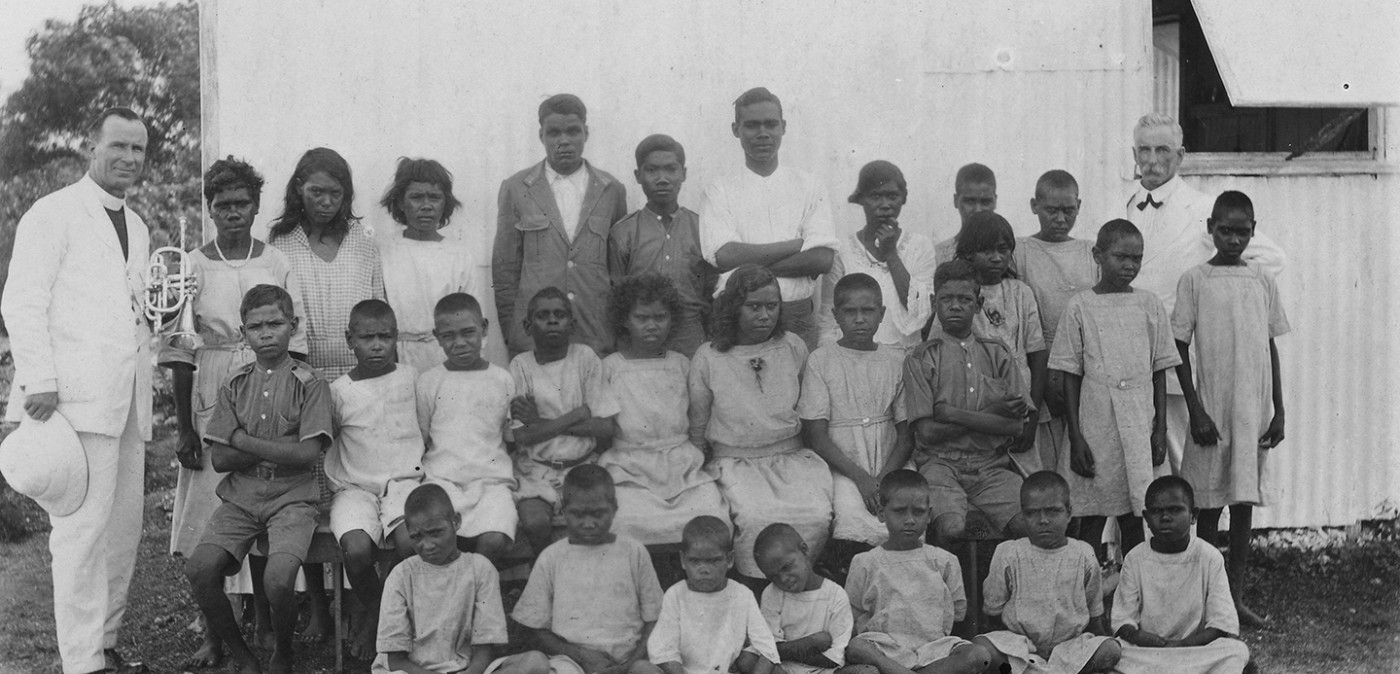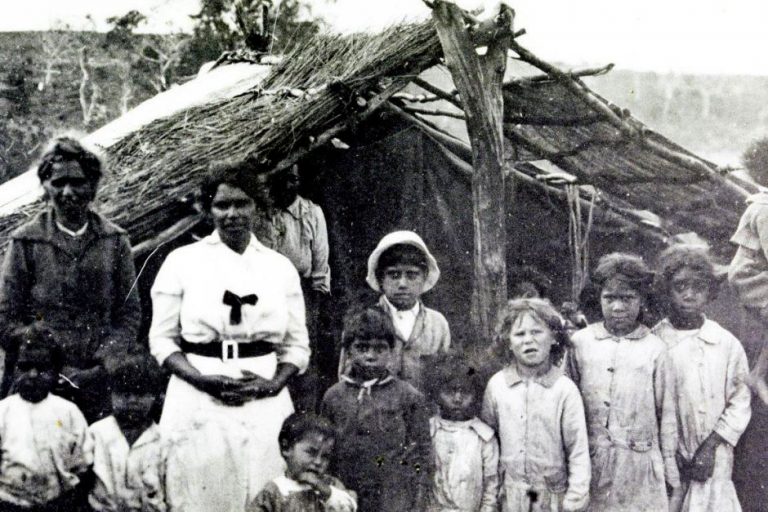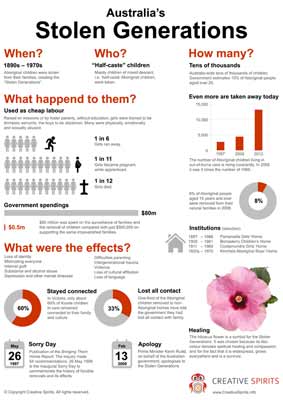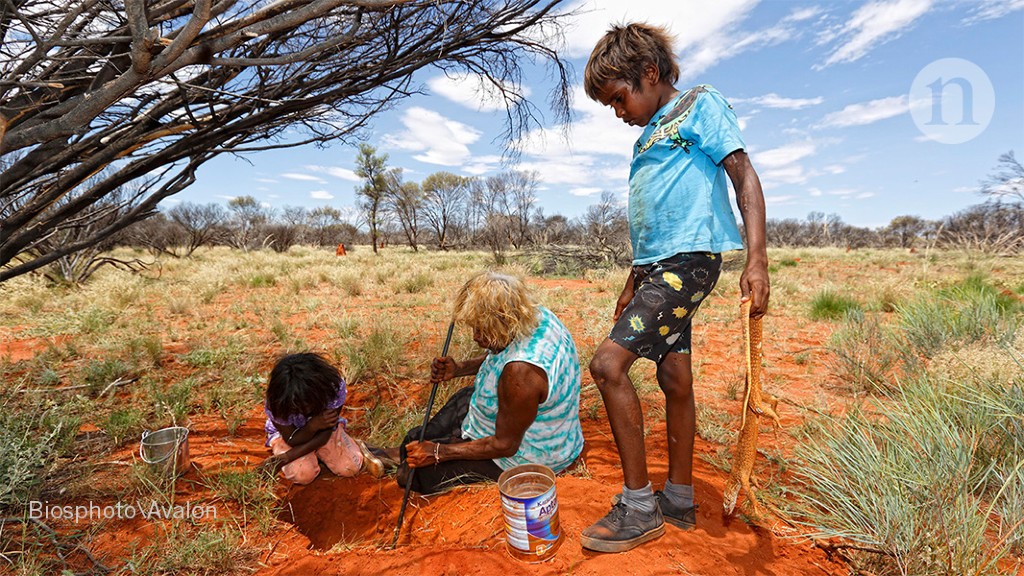Stolen Generations: A Legacy of Loss and the Fight for Identity
Stolen Generations: A Legacy of Loss and the Fight for Identity

The term "Stolen Generations" refers to the forced removal of Aboriginal and Torres Strait Islander children from their families and communities in Australia, a practice that spanned from the late 19th century to the 1970s. This systematic policy, known as the "Assimilation Policy," aimed to forcibly integrate Indigenous children into white Australian society, stripping them of their culture, language, and connection to their families and lands. The consequences of this policy are profound and enduring, leaving a legacy of intergenerational trauma, loss of identity, and a fractured sense of belonging.
The Roots of a Cruel Policy:
Related Articles: Stolen Generations: A Legacy of Loss and the Fight for Identity
- Unveiling The Rich Tapestry: Understanding Aboriginal And Indigenous Peoples In Tamil Nadu
- A Journey Through Meaning: Exploring The Beauty Of Aboriginal Girl Names
- The Buzz About Aussie Natives: Why Australian Native Bees Are Essential For Our Ecosystem
- A Taste Of The Outback: Exploring The Exotic Fruits Of Australia
- The Dreamtime: Where Aboriginal Culture Finds Its Roots
The Stolen Generations policy was rooted in a deeply flawed belief system that viewed Aboriginal and Torres Strait Islander people as inferior and in need of "civilization." This ideology, fueled by colonial attitudes and racial prejudice, led to the justification of forcibly removing children from their families and placing them in government institutions, missions, or foster homes.
The Pain of Separation:
The separation of Indigenous children from their families was a traumatic experience, leaving deep emotional scars that have reverberated across generations. Children were often taken without warning, leaving behind heartbroken parents and siblings who were left to grapple with the immense pain of loss. The trauma of separation was compounded by the harsh conditions in many institutions, where children were often subjected to physical and emotional abuse, neglect, and cultural suppression.
The Legacy of Loss and Stolen Identity:
The Stolen Generations policy had a devastating impact on the cultural identity of Indigenous Australians. Children were denied the opportunity to learn their languages, traditions, and cultural practices, severing their connection to their heritage and ancestry. This cultural dispossession led to a sense of alienation and loss of identity, impacting their sense of self-worth and belonging.
The Fight for Recognition and Healing:
The Stolen Generations policy has been widely condemned as a crime against humanity, and in 1997, the Australian government issued a formal apology for the policy and its devastating consequences. However, the journey towards healing and reconciliation is ongoing.
The Importance of Intergenerational Healing:

Healing from the trauma of the Stolen Generations requires a multi-faceted approach that addresses the intergenerational impacts of this policy. This includes:
- Truth-telling: Acknowledging and understanding the historical injustices of the Stolen Generations policy is crucial for healing and reconciliation.
- Cultural Reclamation: Re-connecting Indigenous people with their language, traditions, and cultural practices is essential for reclaiming their identity and sense of belonging.
- Supporting Indigenous Communities: Providing resources and support to Indigenous communities to address the ongoing impacts of the Stolen Generations is vital for building a more just and equitable society.
- Addressing Systemic Racism: Tackling the underlying racism and discrimination that fueled the Stolen Generations policy is essential for creating a future where Indigenous Australians are treated with dignity and respect.

The Stolen Generations: A Call for Justice and Reconciliation:
The Stolen Generations policy is a dark chapter in Australian history, but it is also a powerful reminder of the resilience and strength of Indigenous Australians. The fight for justice and reconciliation continues, and it is essential that we learn from the past to build a future where all Australians can live in harmony and respect.
The Ongoing Impacts:

The Stolen Generations policy continues to have profound impacts on Indigenous communities today. Many Indigenous Australians struggle with the legacy of trauma, loss of identity, and intergenerational grief. The policy has also contributed to a range of social and economic challenges faced by Indigenous communities, including higher rates of poverty, homelessness, and incarceration.
The Fight for Recognition and Rights:
Despite the challenges, Indigenous Australians continue to fight for recognition and rights. The Uluru Statement from the Heart, a call for constitutional recognition and a Voice to Parliament, represents a significant step towards achieving justice and reconciliation.
The Role of Education:
Education is crucial for fostering understanding and empathy about the Stolen Generations. By learning about the history of this policy and its impact, we can begin to dismantle the racism and prejudice that fueled it. It is essential that we educate future generations about the Stolen Generations to ensure that such injustices are never repeated.
The Importance of Remembering:
Remembering the Stolen Generations is not just about the past; it is about the future. By acknowledging the pain and suffering of those who were taken from their families and communities, we can work towards creating a future where Indigenous Australians are treated with respect and dignity.
FAQs about the Stolen Generations:
Q: What is the Stolen Generations?
A: The Stolen Generations refers to the forced removal of Aboriginal and Torres Strait Islander children from their families and communities in Australia, a practice that spanned from the late 19th century to the 1970s.
Q: Why were Indigenous children taken from their families?
A: The government’s policy, known as "Assimilation," aimed to forcibly integrate Indigenous children into white Australian society, believing they were inferior and needed "civilization."
Q: How many children were affected by the Stolen Generations?
A: The exact number of children removed is unknown, but estimates range from 100,000 to 300,000.
Q: What were the conditions like in the institutions where children were placed?
A: Many institutions were harsh, with children often subjected to physical and emotional abuse, neglect, and cultural suppression.
Q: What are the long-term impacts of the Stolen Generations?
A: The policy has left a legacy of intergenerational trauma, loss of identity, and a fractured sense of belonging. It has also contributed to higher rates of poverty, homelessness, and incarceration in Indigenous communities.
Q: What is being done to address the legacy of the Stolen Generations?
A: The Australian government has issued an apology for the policy, and there are ongoing efforts to support Indigenous communities, promote cultural reclamation, and address systemic racism.
Q: What can I do to help?
A: You can learn about the Stolen Generations, support organizations working to address the legacy of the policy, and advocate for policies that promote justice and equality for Indigenous Australians.

Closure
Thus, we hope this article has provided valuable insights into Stolen Generations: A Legacy of Loss and the Fight for Identity. We thank you for taking the time to read this article. See you in our next article!


